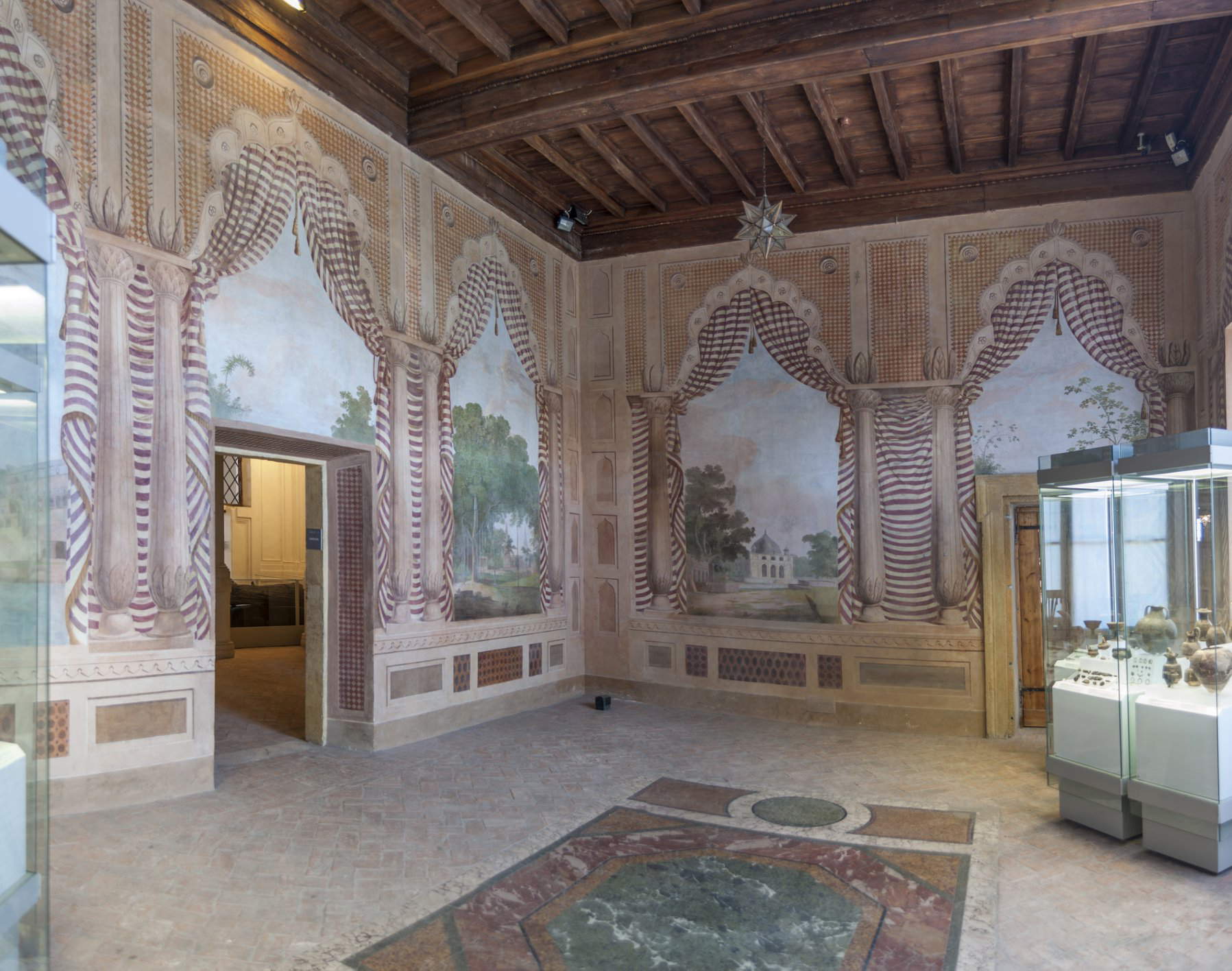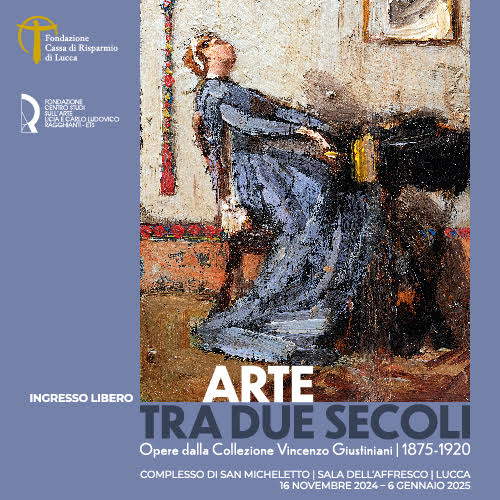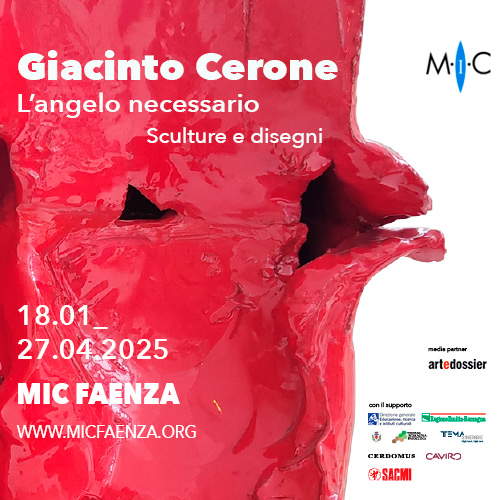Rome, reopens Villa Poniatowski with its Etruscan collections
In Rome, starting Friday, May 31, Villa Poniatowski will reopen to the public every weekend, offering visitors the opportunity to explore a historic noble residence in Rome, now home to part of the permanent collections of the National Etruscan Museum of Villa Giulia, those from the areas of Latium vetus and Umbria. This extraordinary but still little-known villa became part of the heritage of the Italian state in 1972.
Villa Poniatowski has a history that spans the centuries. Originally belonging to the Cesi family, it passed to the Sinibaldi family, owners throughout the 18th century, until it was purchased by Prince Stanislaus Poniatowski, nephew of the last king of Poland, on February 28, 1800. Poniatowski, who came to Italy in 1781, was fascinated by Italian art, similar to J. W. Goethe’s famous Grand Tour. He entrusted the renovation of the villa to the architect Giuseppe Valadier, transforming it into a masterpiece of style and refinement, where one can still admire the decorations that have followed one another throughout its history (they date back to the 16th century, but were rearranged in the 18th and then early 19th centuries).
The rooms of Villa Poniatowski reflect the three main decorative phases that have marked its history: that of the Cesi, Sinibaldi and Poniatowski families. Among the most fascinating rooms are the Indian Room and the Egyptian Room, decorated with unusual frescoes that oscillate between reality and illusion, evoking a time when Europe looked with interest toward the East.
Since 2001, Villa Poniatowski has been an integral part of the National Etruscan Museum of Villa Giulia and houses collections of “pre-Roman antiquities” from, as anticipated, important centers in Latium vetus (such as Gabii, Segni, Lanuvio, Satricum, Palestrina) and Umbria (Todi, Terni). Among the most important finds are the Barberini and Bernardini princely tombs of Palestrina, with their sumptuous gold and ivory grave goods, finely decorated bronze vases and bowls. These artifacts are crucial to understanding the Orientalizing period (7th century B.C.), characterized by intense cultural exchanges between the Western Mediterranean and the Near East.
To mark the reopening, on Friday, May 31 at 5 p.m., curator Antonietta Simonelli will lead a special tour of the Villa Poniatowski collections. The tour is included with admission, but reservations are required and can be made by emailing mn-etru.comunicazione@cultura.gov.it. Open every Friday, Saturday, and Sunday from 3 to 7 p.m. (last admission 6:30 p.m.), excluding the first Sundays of the month, until October 27, 2024.
 |
| Rome, reopens Villa Poniatowski with its Etruscan collections |
Warning: the translation into English of the original Italian article was created using automatic tools. We undertake to review all articles, but we do not guarantee the total absence of inaccuracies in the translation due to the program. You can find the original by clicking on the ITA button. If you find any mistake,please contact us.





























